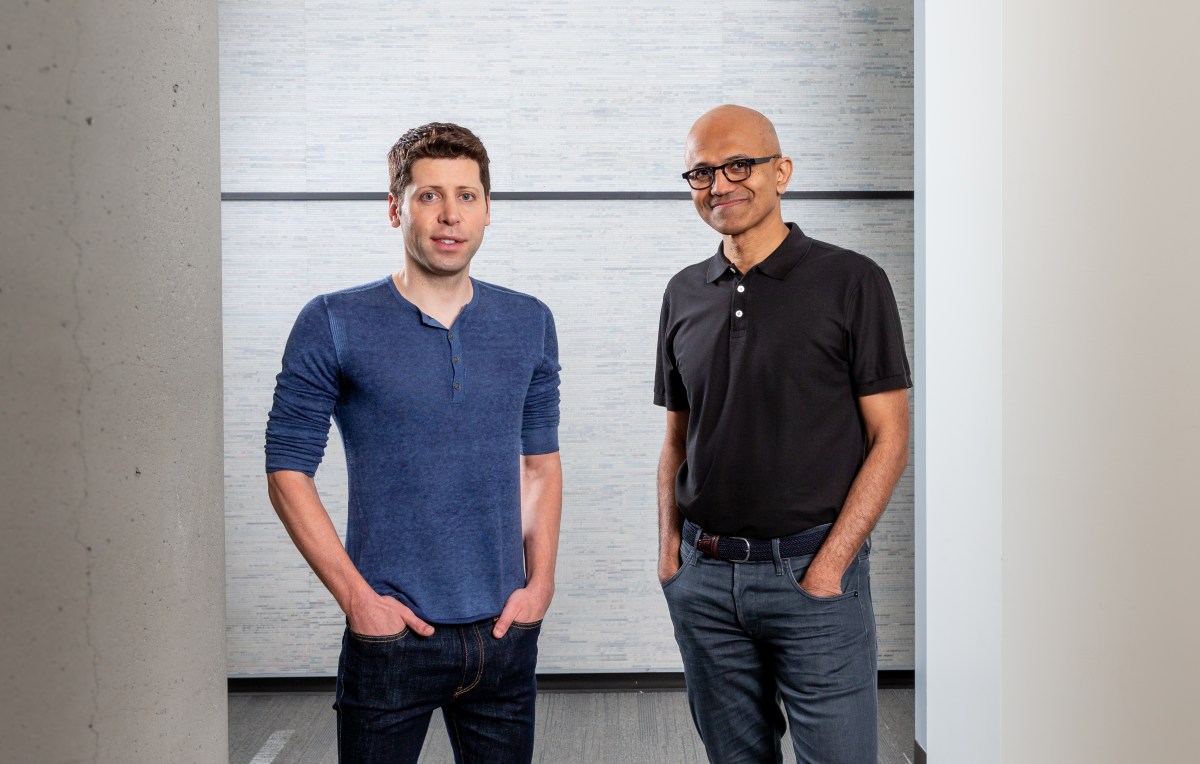OpenAI and Microsoft leaders, Sam Altman and Satya Nadella, are grappling with a pertinent question: What are the actual power requirements for advancing artificial intelligence? This uncertainty poses significant challenges for software-centric firms like theirs, as the tech industry races to address power limitations that hinder AI deployment.
Nadella recently shared insights on the BG2 podcast, stating, “The biggest issue we are now having is not a compute glut, but it’s power—specifically, the ability to complete data center builds close to power sources.” He highlighted that the challenge lies not in chip supply, but in lacking the necessary infrastructure to utilize them: “I might have chips sitting idle because I don’t have warm shells to plug into,” he explained, referring to ready-to-occupy commercial spaces.
The tech sector is coping with a timeline mismatch between rapidly growing energy demands from data centers and the traditional pace of energy infrastructure development. While demand for electricity in the U.S. remained relatively stable for over a decade, increasing reliance on data centers in recent years is outpacing utilities’ projected capacity additions. This has driven developers to pursue ‘behind-the-meter’ solutions, supplying electricity directly to data centers and bypassing grid limitations.
Looking ahead, Altman raised concerns about the potential volatility in energy costs. He remarked, “If a very cheap energy source emerges at scale, a lot of companies might find themselves disadvantaged by existing contracts.”
With his investments in nuclear energy ventures, including fission company Oklo and fusion start-up Helion, as well as the solar enterprise Exowatt, he is eyeing long-term solutions, although these technologies are unlikely to offer immediate relief. Traditional energy sources, such as natural gas plants, also face significant lead times for construction, complicating the energy landscape.
Both leaders noted an increasing trend toward solar energy, which offers rapid deployment and cost effectiveness. The modular nature of solar technology parallels semiconductor production, facilitating faster integration into data center operations. However, the inherent lag in construction can make it difficult to align energy supply with fluctuating demand.
Altman expressed his belief in Jevons Paradox, which suggests that improved efficiency leads to greater consumption. He noted, “If compute costs dropped dramatically, usage would likely surpass our expectations and unlock new applications that are currently economically unfeasible.”
As the AI landscape evolves, understanding and managing power requirements will be critical for tech giants aiming to optimize their operations and expand their influence in the market.







